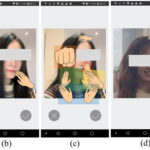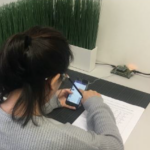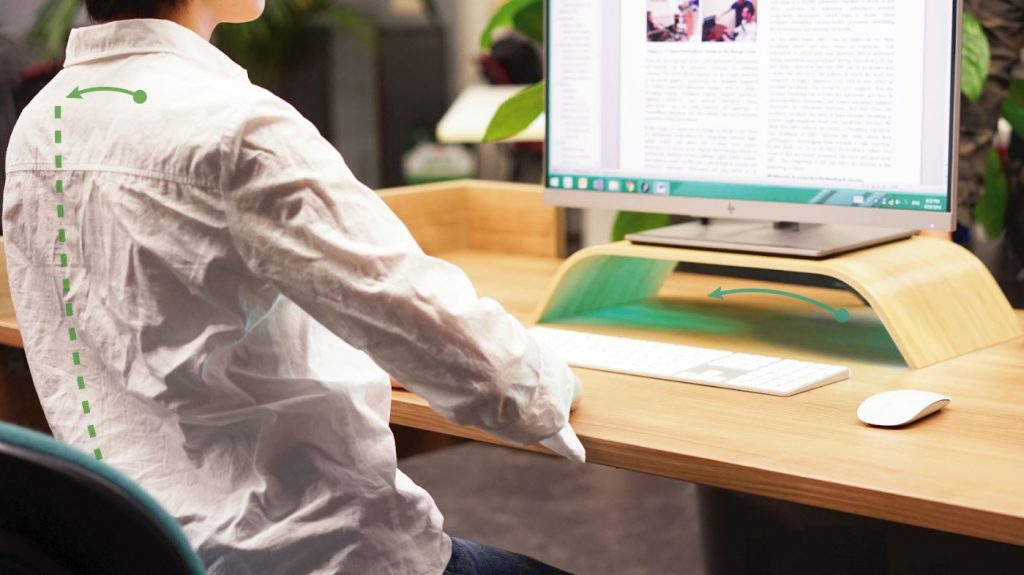by Tianqin Lu et al.
The global incidence of chronic diseases is rising, posing substantial social and economic challenges. These conditions necessitate effective long-term self-care, which can be supported by digital interventions using remote measurement technologies, like smartphones and wearables. This systematic review investigates the motivational strategies within digital technologies to improve self-care adherence for chronic illnesses, particularly cardiovascular diseases and diabetes mellitus. A literature search was conducted, focusing on studies from 2004 to 2024. A total of 17 studies met the inclusion criteria. The reviewed interventions targeted medication adherence, lifestyle modifications, and symptom tracking. Findings suggest that motivational strategies, such as feedback, health literacy, reminders, and motivational messages, goal-setting, social interaction, gamification, and rewards can improve patient adherence to self-care behaviors. However, their effectiveness relies on theoretical grounding, data-driven features, and personalization. Future research should prioritize integrating robust theories and developing standardized metrics for adherence to enhance the reliability and impact of digital interventions.






